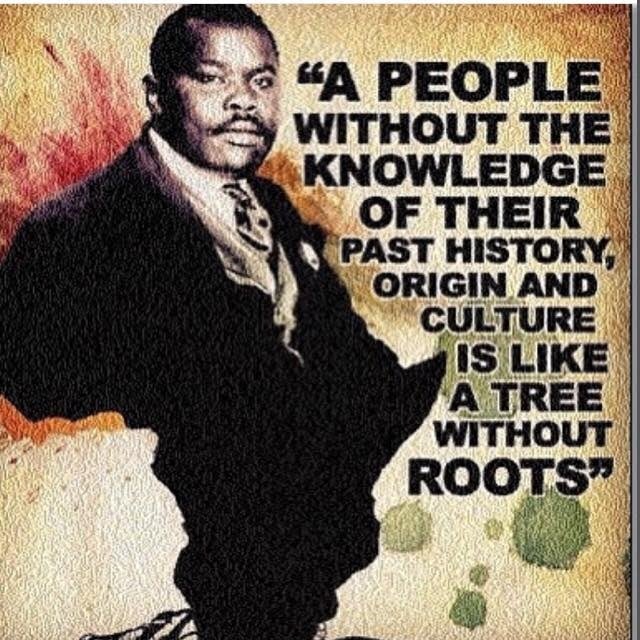The Boy Who Harnessed the Wind
You’ve probably never heard of William Kamkwamba, but his life story is one you should know. William dropped out of school in rural Malawi when he was 14 because his family couldn’t afford to pay his fees. He then sat at home for 6 years.
One day, he found a book in the local library describing how a windmill generates electricity. Using only the pictures in the book, William figured out how to build his own windmill using scrap metal, pipes, wooden planks and an old bicycle dynamo he found in the village. People thought he had lost his mind--what on earth was he doing collecting all those scraps ?
But guess what, he managed to generate electricity from his windmill! Before you knew it, everyone in the village was coming to his house to charge their cellphones and radios, and he became the hero who transformed the lives of his fellow villagers.
Inspired by his story, we admitted WIlliam into the first ever class of African Leadership Academy 10 years ago. He could hardly speak English and was several years behind his classmates, even though he was much older. Our team at ALA helped him catch up and gain admission to an Ivy League university in the USA (Dartmouth). He’s since gone on to become a global phenomenon. He published a book (“The Boy who Harnessed the Wind”) which became an Amazon bestseller, gave a Ted Talk, and has appeared on The Daily Show, CNN and Good Morning America. He’s transformed his entire village by building a school that has over 400 students, and has brought clean drinking water and electricity to several hundred people in the village.
William has taught me 3 key lessons I always come back to :
1.__Use what you have until you get what you need
William is today seen as an engineering genius, but he didn’t always have what he needed to make the things he wanted to make. He didn’t have a fancy laboratory or even electricity. But he used what he had around him- scrap metal, to achieve his goal. If you want to be a photographer but can’t yet afford a camera, maybe start by taking photos with your phone. The most important thing is not the materials or equipment you have, but to practice your craft and hone your skills. The fancy labs, equipment, laptops, cameras etc will come later.
2.__Take criticism to your head and not to your heart
Some people in William’s village looked at him collecting scraps and thought he had gone crazy. If you have big dreams, many people will criticize you and be skeptical about whether your ideas will succeed. That’s ok---remember that if you’re doing something people have not seen before, they may not understand your vision or see what you see. Listen to criticism if it’s constructive, but avoid being discouraged by pure negativity. People will come around when they start to see the results of your work.
3.__Innovation is right where you are if you pay attention
Look around you and observe your environment very carefully. What problems do you see? What can be improved? Many times, the things that improve our lives (what many people call innovations) come from making simple observations and designing a solution that addresses the challenges you see. So don’t wait for others to solve the problems in your society. Use your creativity to think of solutions. You never know what exciting innovations lie in your head until you try.
What problems do you see around you? What simple things that you may take for granted can you can use to build a solution? What’s your version of William’s windmill and how will you build it?

